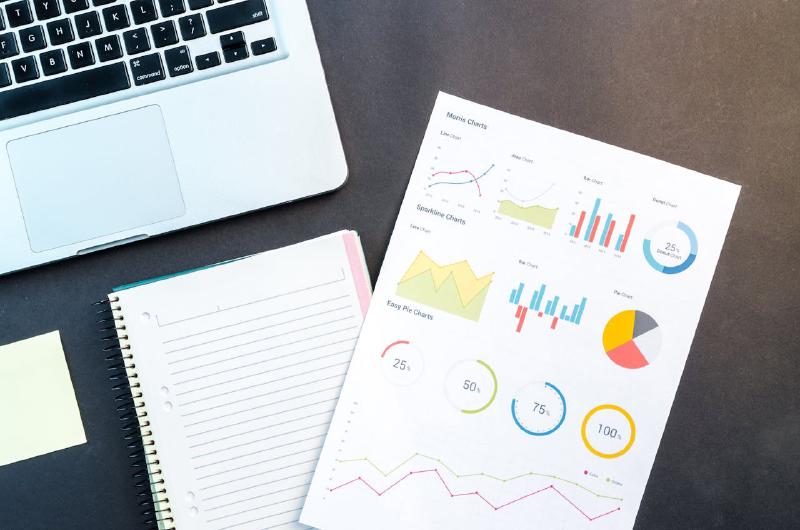SEO: Free Organic Traffic 🌱
Search Engine Optimization (SEO) improves your website to rank higher in natural search results (non-paid listings).
- Cost: Free (but requires time and effort).
- Best for: Long-term growth and limited budgets.
- Key Focus:
- Optimizing content (e.g., blogs, product descriptions).
- Fixing technical issues (e.g., site speed, mobile-friendliness).
- Building backlinks from other websites.
Example: If you write a detailed guide about “how to grow tomatoes at home,” SEO helps it appear on Google’s first page without paying. But it may take 3–6 months to see results.
SEM: Paid + Free Strategy 💸
Search Engine Marketing (SEM) combines SEO (free traffic) and PPC (paid ads) to boost visibility.
- PPC (Pay-Per-Click): Ads marked with “Ad” in search results. You pay only when someone clicks.
- Best for: Short-term campaigns (e.g., product launches).
SEO vs. PPC Comparison:
| Feature | SEO | PPC (SEM) |
|---|---|---|
| Cost | Free | Pay per click |
| Speed | Slow (3+ months) | Instant |
| Budget | Low | Medium to High |
| Traffic | Long-term growth | Immediate results |
Google Ads: Smart Paid Advertising 🎯
Why Choose Google Ads?
- High-quality traffic: Targets users actively searching for solutions.
- Cost-effective: Works even with small budgets (e.g., $10/day).
- Precise targeting: Use keywords, locations, and schedules.
When to Use Google Ads? ✅
- High-profit products (e.g., luxury watches, premium software).
- Professional website design (fast loading, easy navigation).
- Less aggressive competition (competitors aren’t overspending).
- Long-term testing (needs ongoing optimization).
Key Advantages:
- Inbound marketing: Attracts users ready to buy (vs. social media’s random scrollers).
- Transparent data: Track clicks, costs, and conversions in real time.
- Negative keywords: Block irrelevant searches (e.g., add “free” to avoid budget waste).
Example: A flower shop targets “same-day rose delivery NYC” with Google Ads. Only users searching for this exact service see the ad → higher conversion rates.
